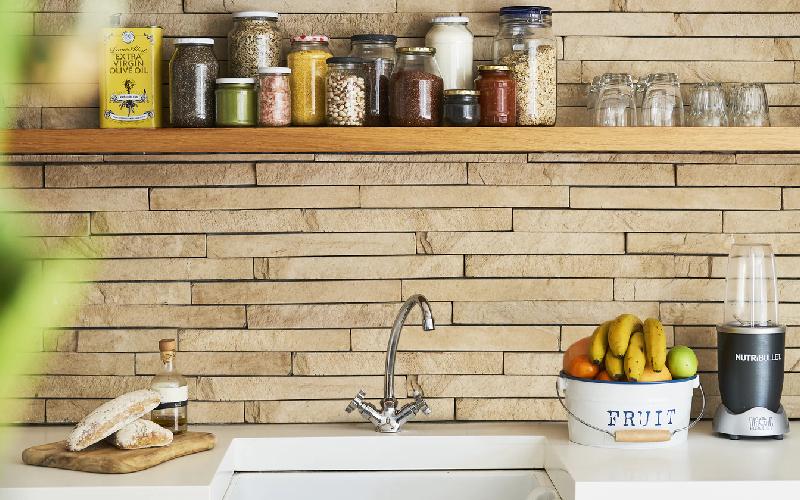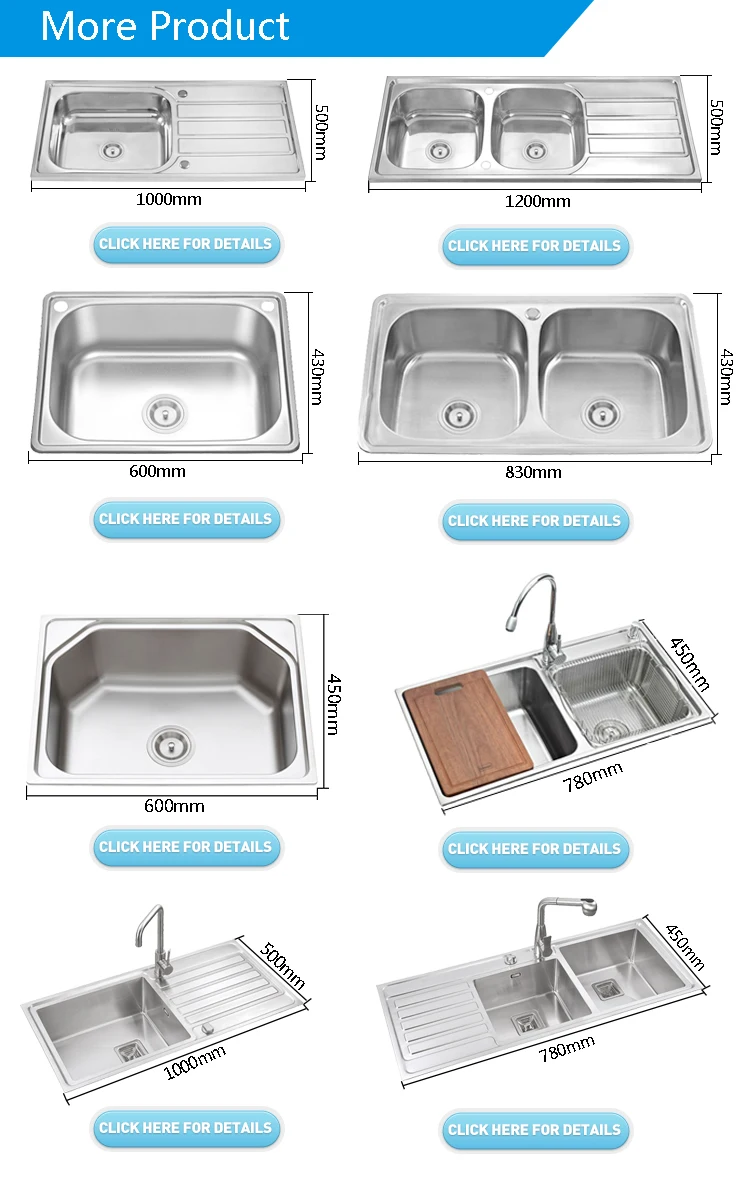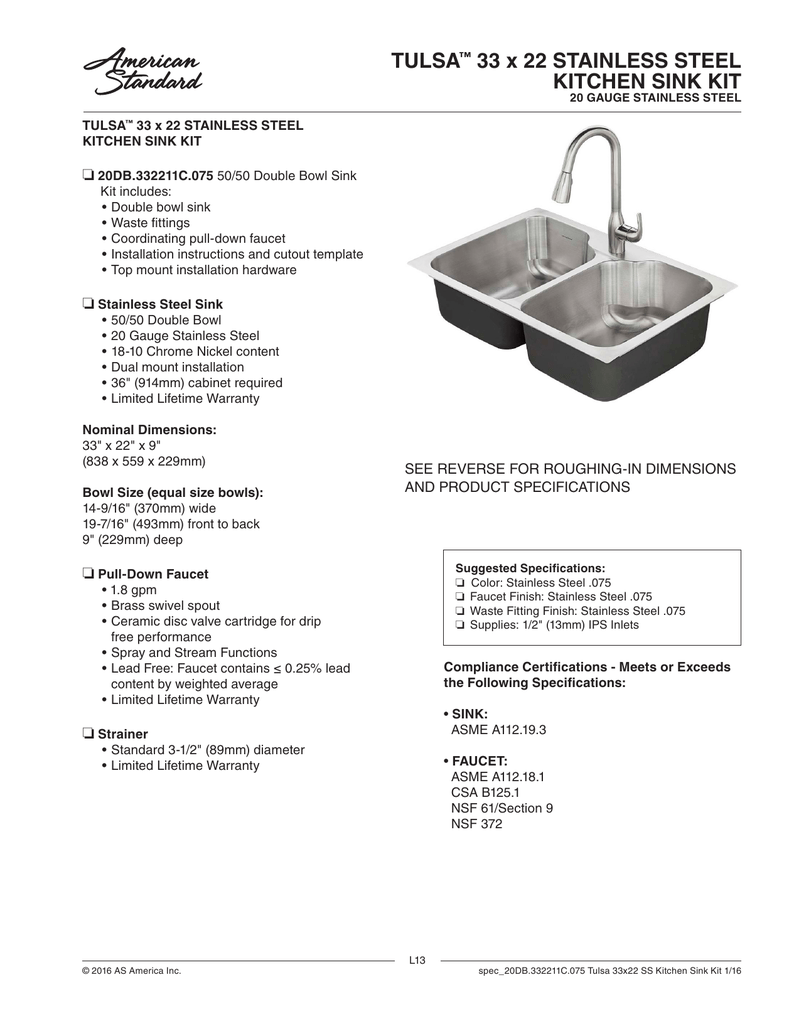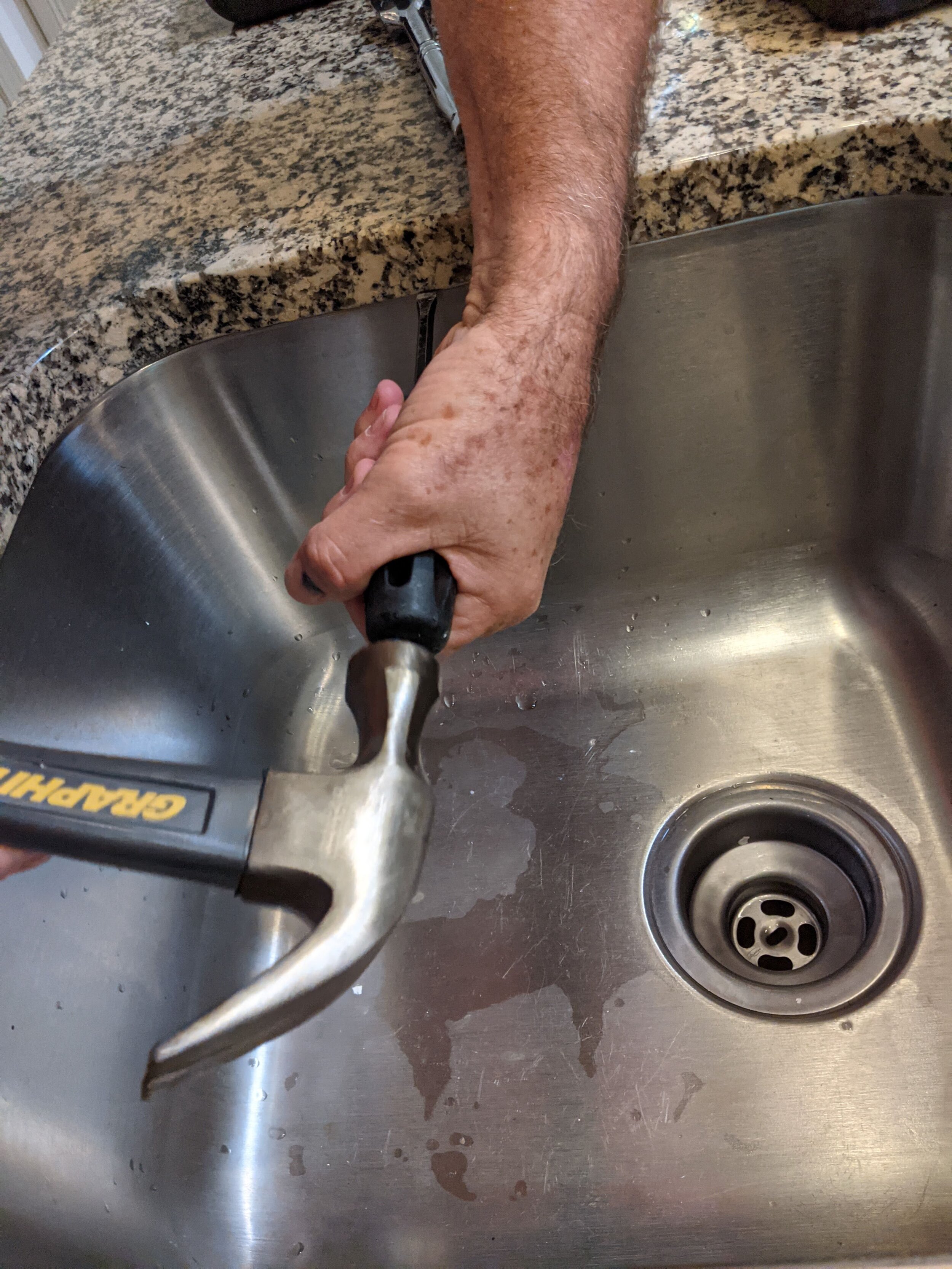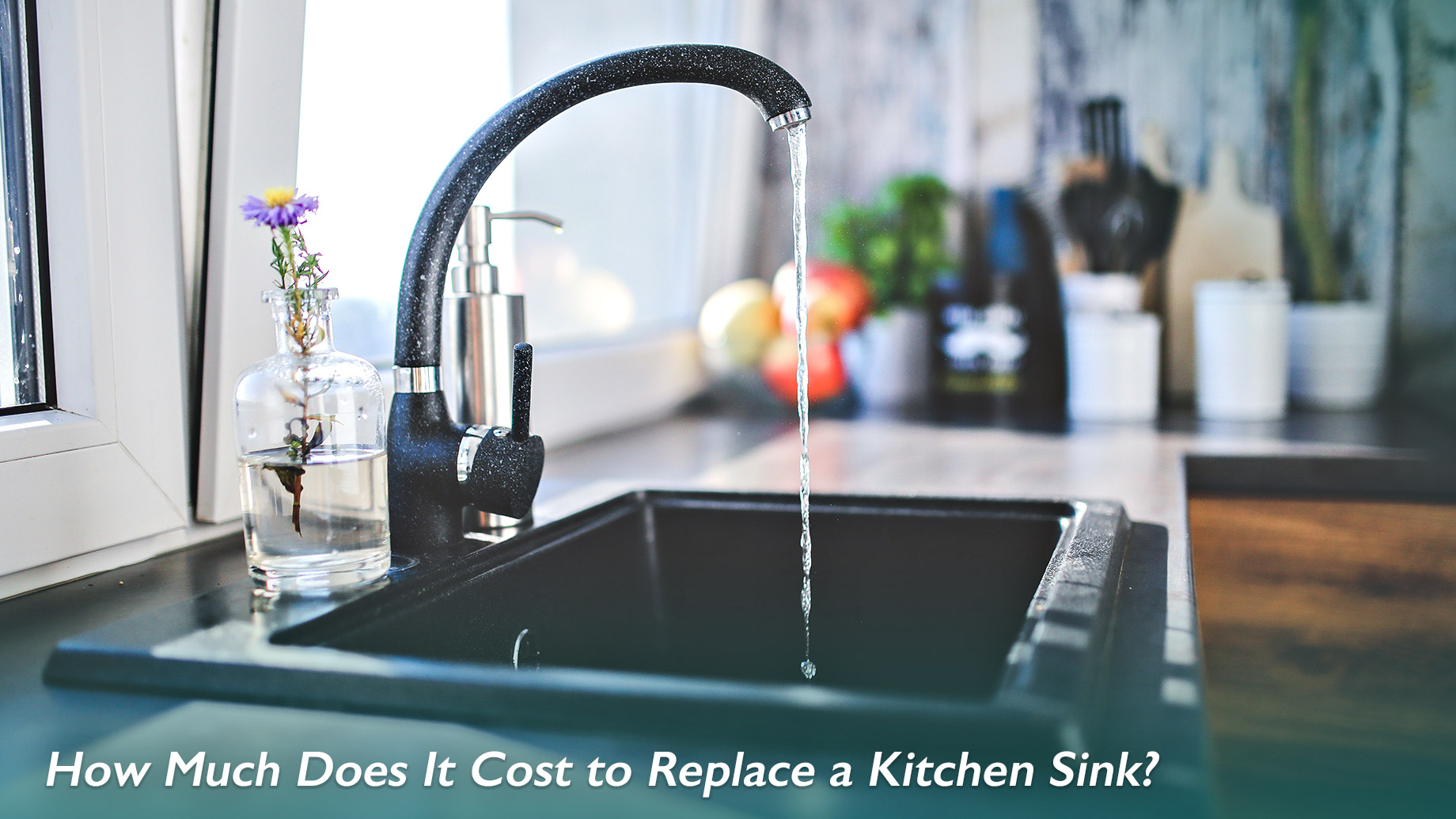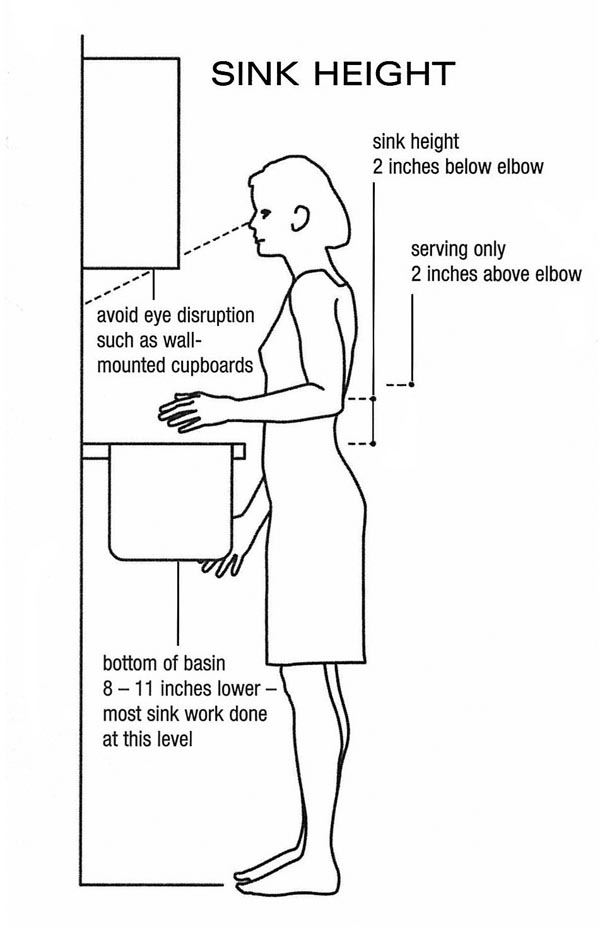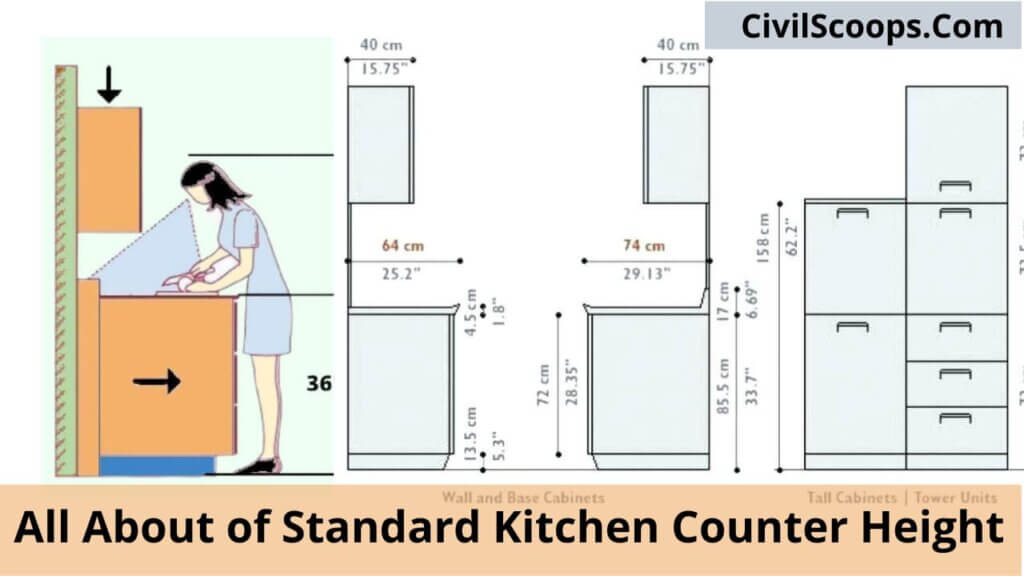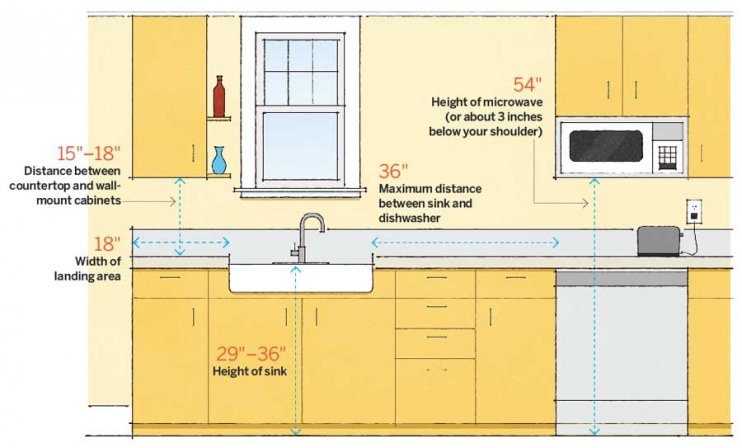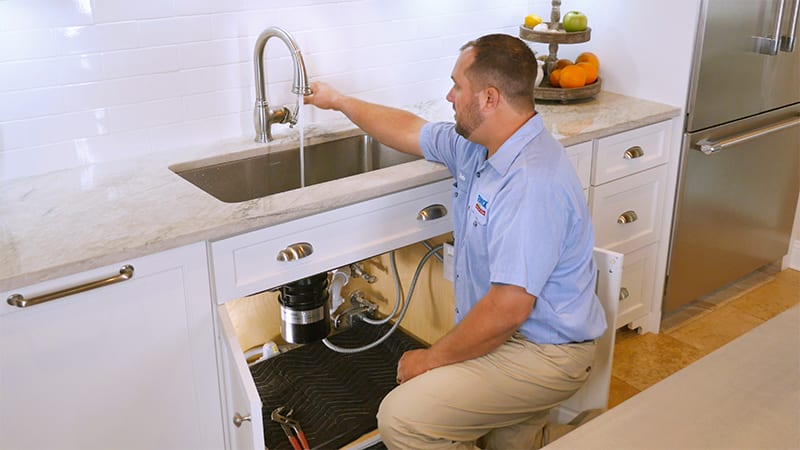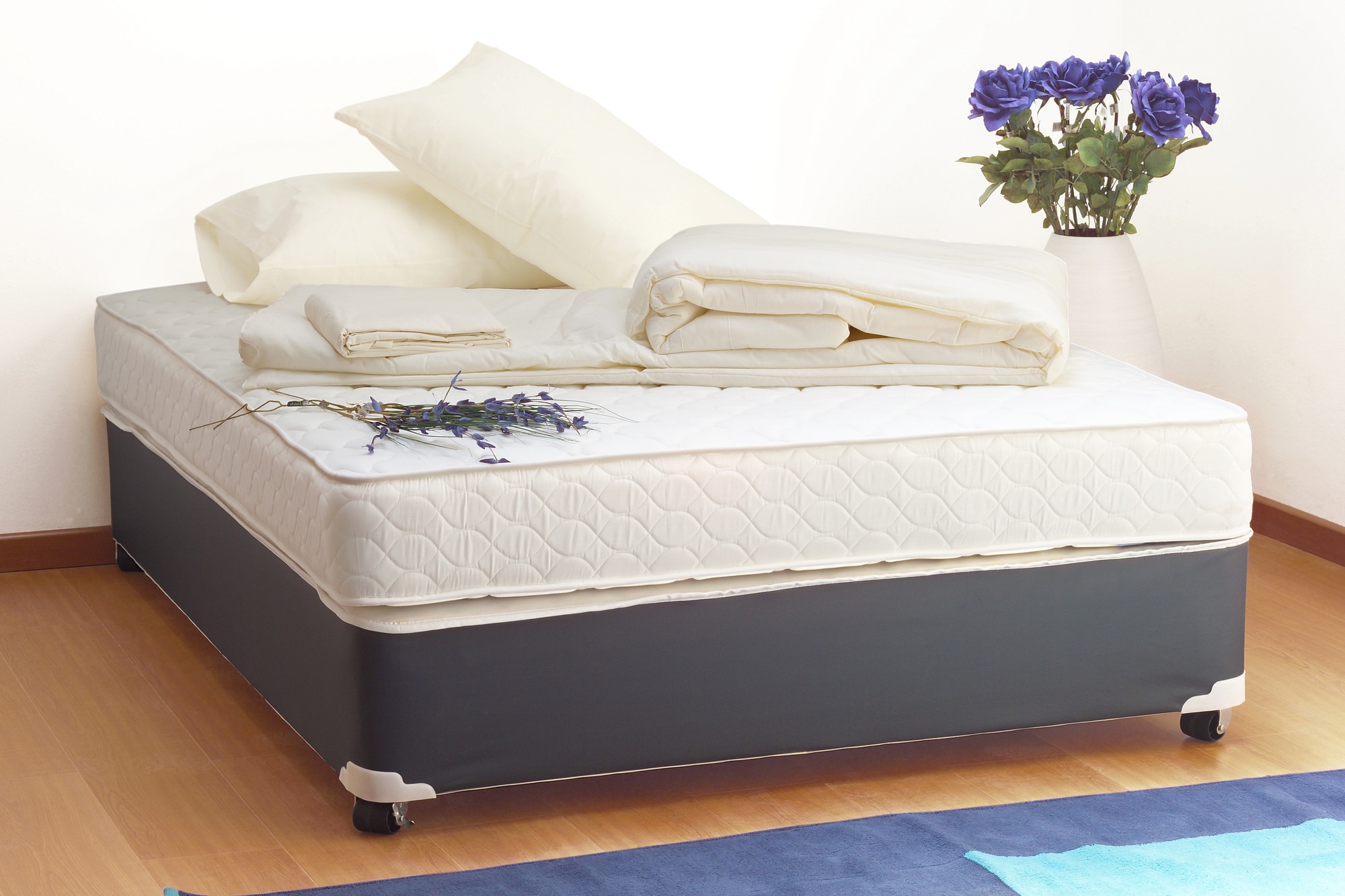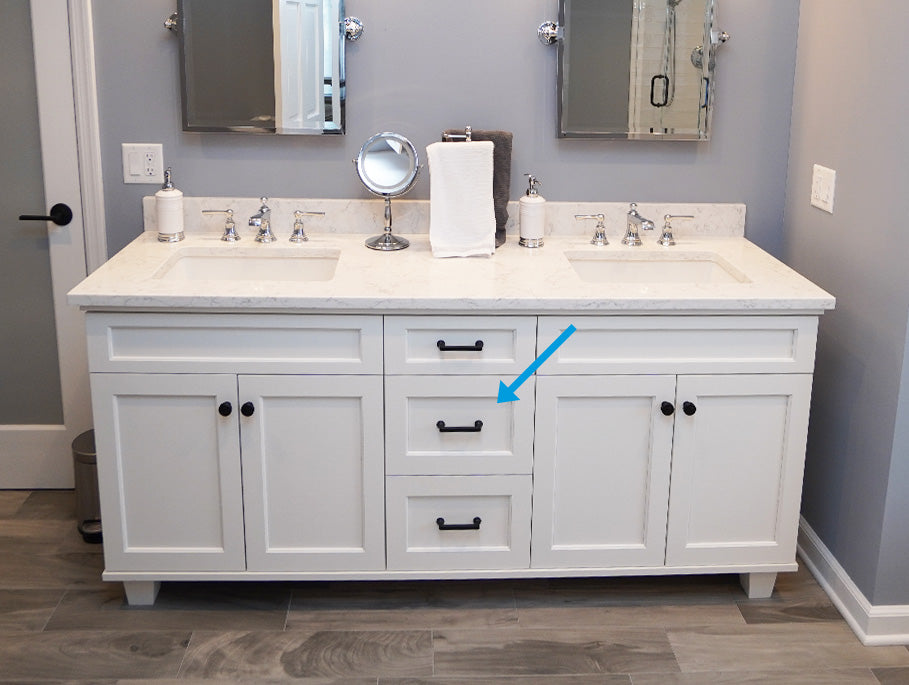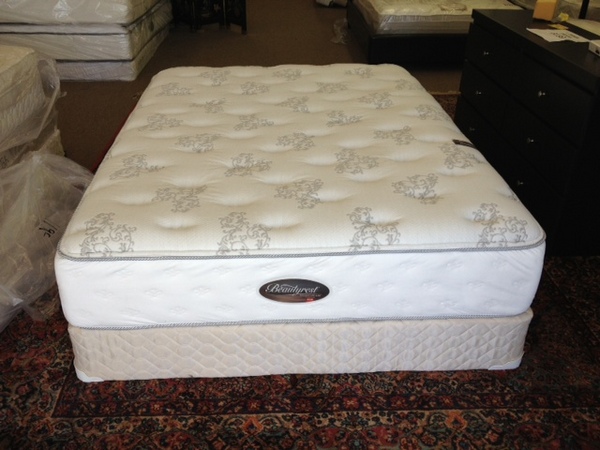Standard Kitchen Sink Plumbing
When it comes to the plumbing in your kitchen, the sink is one of the most important fixtures. It's where you wash your dishes, prepare food, and even fill up pots and pans with water. That's why it's crucial to have a properly functioning kitchen sink plumbing system. In this article, we will discuss the top 10 things you need to know about standard kitchen sink plumbing and how to maintain it.
How to Install a Kitchen Sink Drain
If you're looking to install a new kitchen sink, one of the first things you'll need to do is install the drain. This may seem like a daunting task, but with the right tools and some basic plumbing knowledge, it can be done in no time. First, you'll need to remove the old drain by disconnecting it from the sink and the garbage disposal if you have one. Then, you can install the new drain by attaching it to the sink and connecting it to the plumbing below. It's important to make sure everything is properly sealed to avoid any leaks.
Common Kitchen Sink Plumbing Problems
Despite our best efforts to maintain our kitchen sink plumbing, problems can still arise. Some common issues include clogged drains, leaky pipes, and low water pressure. To prevent clogs, it's important to avoid pouring grease and food scraps down the drain. If you do experience a clog, there are a few methods you can try to unclog it, such as using a plunger or a drain snake. For leaky pipes, it's best to call a professional plumber to fix the issue before it gets worse.
Standard Kitchen Sink Size
When shopping for a new kitchen sink, it's important to know the standard sizes available. Most kitchen sinks come in sizes ranging from 22 to 30 inches in length and 14 to 25 inches in width. The size you choose will depend on the size of your kitchen and your personal preferences. It's also important to consider the depth of the sink, as deeper sinks can hold more dishes and pots, but shallower sinks may be more comfortable to use.
How to Unclog a Kitchen Sink
If you do experience a clogged kitchen sink, it's important to know how to unclog it. One method is to use a plunger, which can help dislodge the blockage. Another option is to use a drain snake, which can reach farther down the drain to remove any debris. You can also try using a mixture of baking soda and vinegar to dissolve the clog. If these methods don't work, it's best to call a professional plumber.
Standard Kitchen Sink Dimensions
In addition to size, it's important to consider the dimensions of a kitchen sink. This includes the length, width, and depth. The standard depth for a kitchen sink is around 8 inches, but deeper sinks are also available. The length and width will depend on the size of your kitchen and the size of the cabinet that the sink will be installed in. It's important to have accurate measurements when shopping for a new sink to ensure it will fit properly.
How to Replace a Kitchen Sink
If you're looking to replace your old kitchen sink, it's important to know the steps involved. First, you'll need to disconnect the plumbing and remove the old sink from the countertop. Then, you can install the new sink by attaching it to the countertop and connecting the plumbing. It's important to make sure everything is properly sealed to avoid any leaks. If you're not confident in your plumbing skills, it's best to hire a professional to install the sink for you.
Standard Kitchen Sink Height
The height of a kitchen sink may not seem like an important factor, but it can make a big difference in terms of comfort and usability. The standard height for a kitchen sink is around 36 inches from the floor to the top of the countertop. However, some people may prefer a slightly higher or lower sink depending on their height. It's important to consider your own needs when choosing the height of your kitchen sink.
How to Install a Kitchen Sink
If you're building a new kitchen or remodeling an old one, you may need to install a new kitchen sink. This can be a DIY project if you have some basic plumbing knowledge and the right tools. The steps involved include measuring and cutting the hole for the sink, attaching the faucet and drain, and connecting the plumbing. It's important to follow the instructions carefully and make sure everything is properly sealed to avoid any leaks.
Standard Kitchen Sink Depth
As mentioned earlier, the standard depth for a kitchen sink is around 8 inches. However, there are also options for deeper sinks, which can be more beneficial for those who wash a lot of dishes or use larger pots and pans. Deeper sinks can also be more comfortable for taller individuals. When choosing the depth of your kitchen sink, consider your cooking and cleaning habits to determine which depth will work best for you.
In conclusion, having a properly functioning kitchen sink plumbing system is crucial for a functional and hygienic kitchen. From knowing the standard sizes and dimensions to how to install and maintain your sink, these top 10 tips will help you keep your kitchen sink plumbing in top shape. Remember, if you encounter any major plumbing issues, it's always best to seek the help of a professional plumber to ensure the problem is fixed correctly.
Why Proper Kitchen Sink Plumbing is Essential for a Functional and Stylish Home

The Importance of Kitchen Sink Plumbing
 When it comes to designing a functional and aesthetically pleasing kitchen, proper plumbing is an essential aspect that cannot be overlooked. The kitchen sink is one of the most frequently used fixtures in any household, and its plumbing plays a crucial role in ensuring smooth and efficient daily tasks. From washing dishes to cleaning produce, a well-designed kitchen sink plumbing system can make all the difference in your daily routine.
When it comes to designing a functional and aesthetically pleasing kitchen, proper plumbing is an essential aspect that cannot be overlooked. The kitchen sink is one of the most frequently used fixtures in any household, and its plumbing plays a crucial role in ensuring smooth and efficient daily tasks. From washing dishes to cleaning produce, a well-designed kitchen sink plumbing system can make all the difference in your daily routine.
The Basics of Standard Kitchen Sink Plumbing
 Standard kitchen sink plumbing typically consists of two main components: the water supply lines and the drainage system. The water supply lines bring clean water into the sink, while the drainage system removes wastewater and food particles. Both of these components must be properly installed and maintained for the plumbing to function effectively.
Water Supply Lines
The water supply lines are responsible for delivering clean and safe water to your kitchen sink. These lines are usually made of copper or plastic and are connected to the main water supply of your home. It is crucial to ensure that these lines are properly installed and free of any leaks to prevent water damage and contamination.
Drainage System
The drainage system is responsible for removing dirty water and food particles from your sink. It consists of a curved pipe called a P-trap, which prevents sewer gases from entering your home. The P-trap is connected to a larger drainpipe that carries the wastewater to the main sewer line. It is essential to regularly clean and maintain the drainage system to prevent clogs and foul odors.
Standard kitchen sink plumbing typically consists of two main components: the water supply lines and the drainage system. The water supply lines bring clean water into the sink, while the drainage system removes wastewater and food particles. Both of these components must be properly installed and maintained for the plumbing to function effectively.
Water Supply Lines
The water supply lines are responsible for delivering clean and safe water to your kitchen sink. These lines are usually made of copper or plastic and are connected to the main water supply of your home. It is crucial to ensure that these lines are properly installed and free of any leaks to prevent water damage and contamination.
Drainage System
The drainage system is responsible for removing dirty water and food particles from your sink. It consists of a curved pipe called a P-trap, which prevents sewer gases from entering your home. The P-trap is connected to a larger drainpipe that carries the wastewater to the main sewer line. It is essential to regularly clean and maintain the drainage system to prevent clogs and foul odors.
The Benefits of Proper Kitchen Sink Plumbing
In Conclusion
/how-to-install-a-sink-drain-2718789-hero-24e898006ed94c9593a2a268b57989a3.jpg) In conclusion, proper kitchen sink plumbing is a crucial aspect of any well-designed home. It ensures a functional and hygienic kitchen environment while also preventing potential damage and adding value to your property. With the help of a professional plumber, you can create a plumbing system that meets your specific needs and enhances the overall design of your kitchen. So, don't overlook the importance of proper kitchen sink plumbing and invest in a high-quality and well-designed system for your home.
In conclusion, proper kitchen sink plumbing is a crucial aspect of any well-designed home. It ensures a functional and hygienic kitchen environment while also preventing potential damage and adding value to your property. With the help of a professional plumber, you can create a plumbing system that meets your specific needs and enhances the overall design of your kitchen. So, don't overlook the importance of proper kitchen sink plumbing and invest in a high-quality and well-designed system for your home.


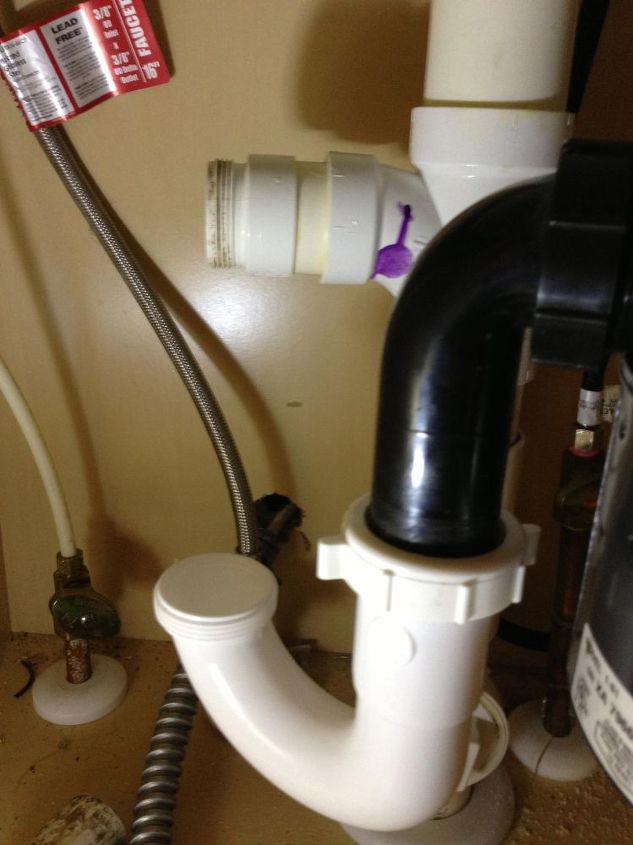








/how-to-install-a-sink-drain-2718789-hero-b5b99f72b5a24bb2ae8364e60539cece.jpg)


:max_bytes(150000):strip_icc()/how-to-install-a-sink-drain-2718789-hero-24e898006ed94c9593a2a268b57989a3.jpg)






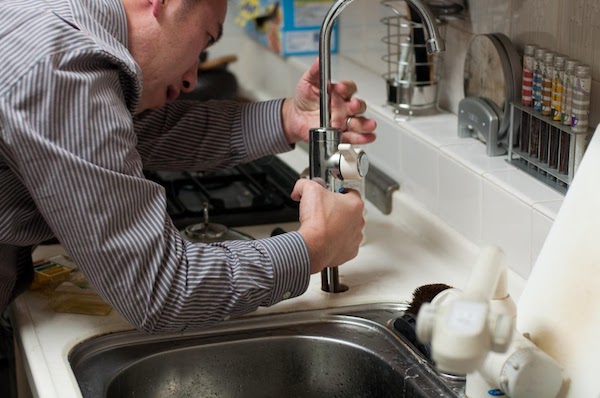
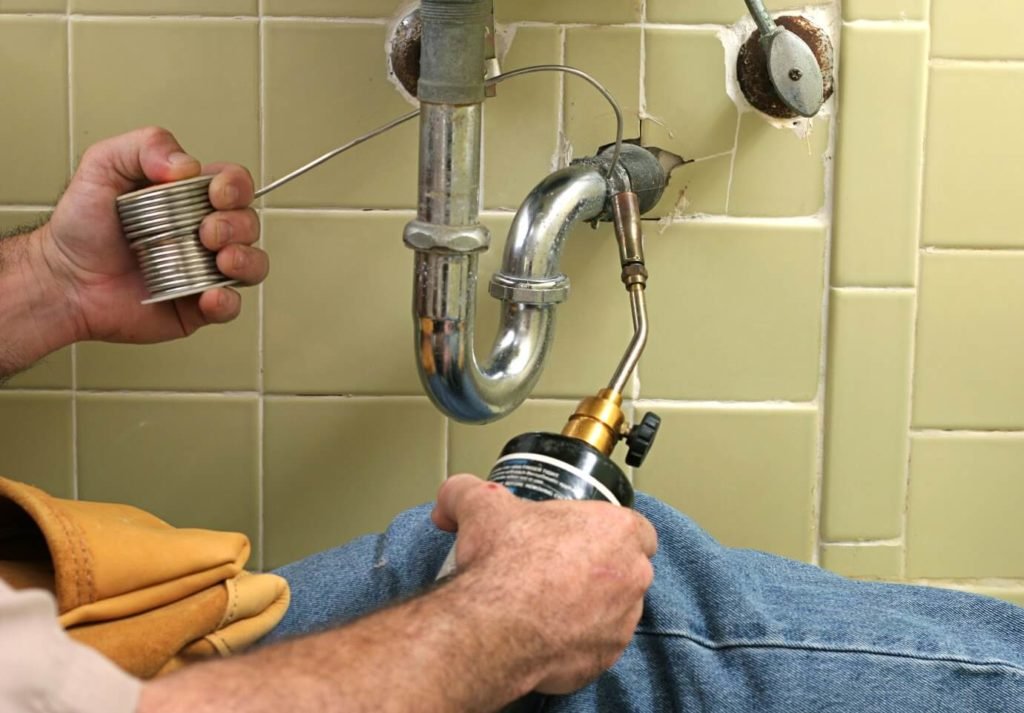
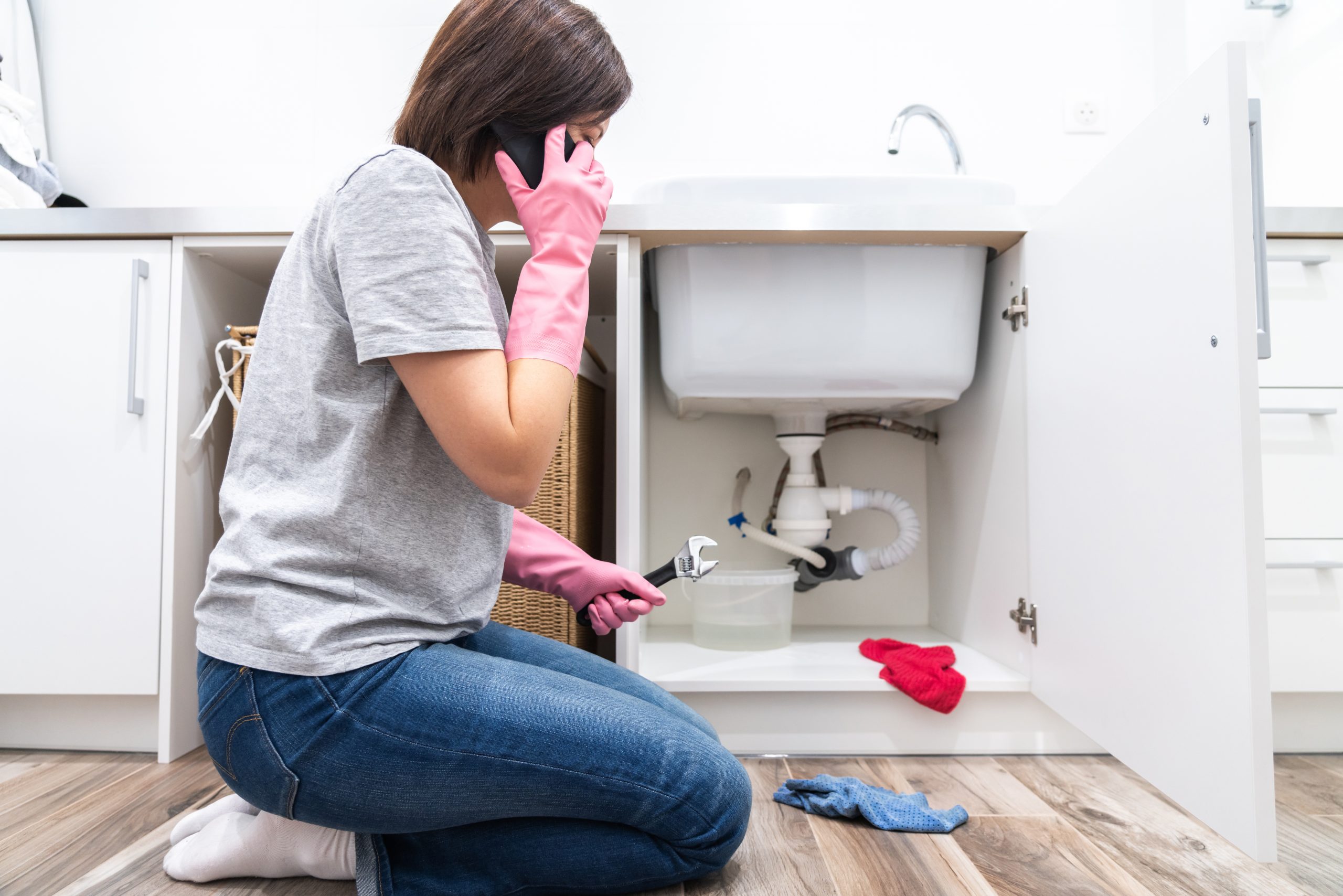


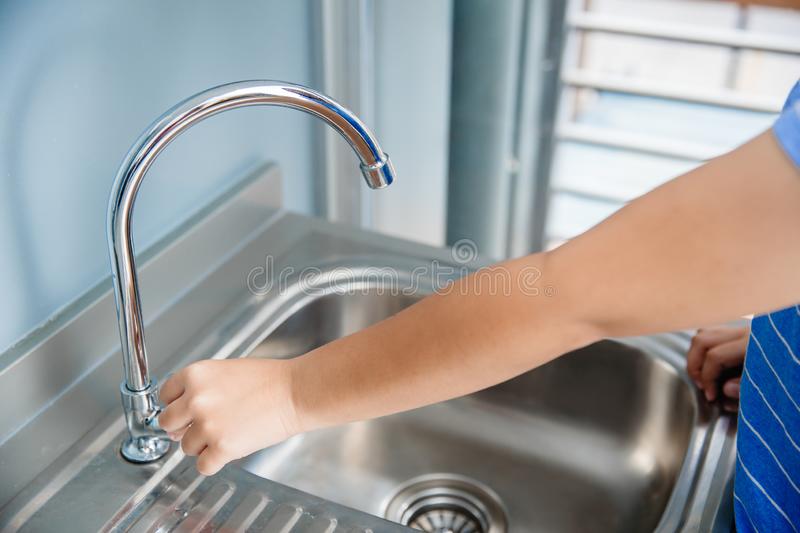



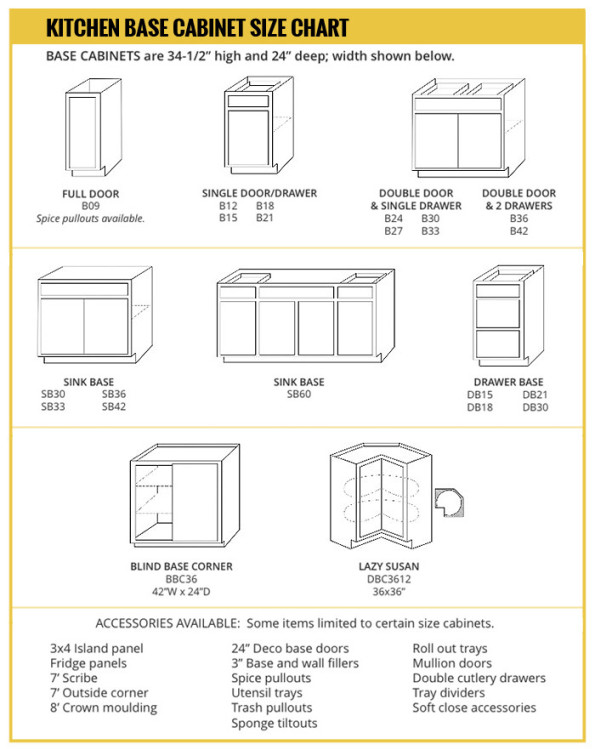






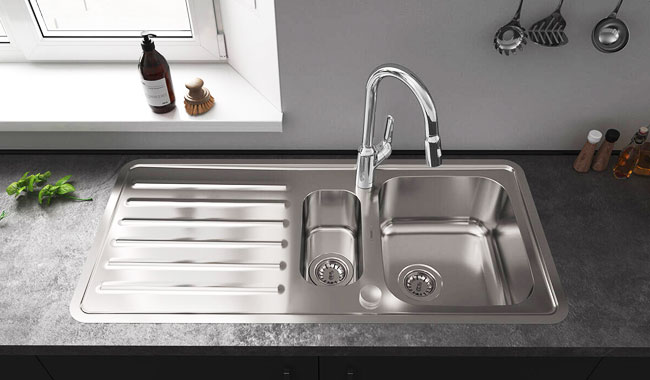


/plumber-unclogging-kitchen-sink-169270382-5797a9355f9b58461f27f024.jpg)



/how-to-unclog-a-kitchen-sink-2718799_sketch_FINAL-8c5caa805a69493ab22dfb537c72a1b7.png)






